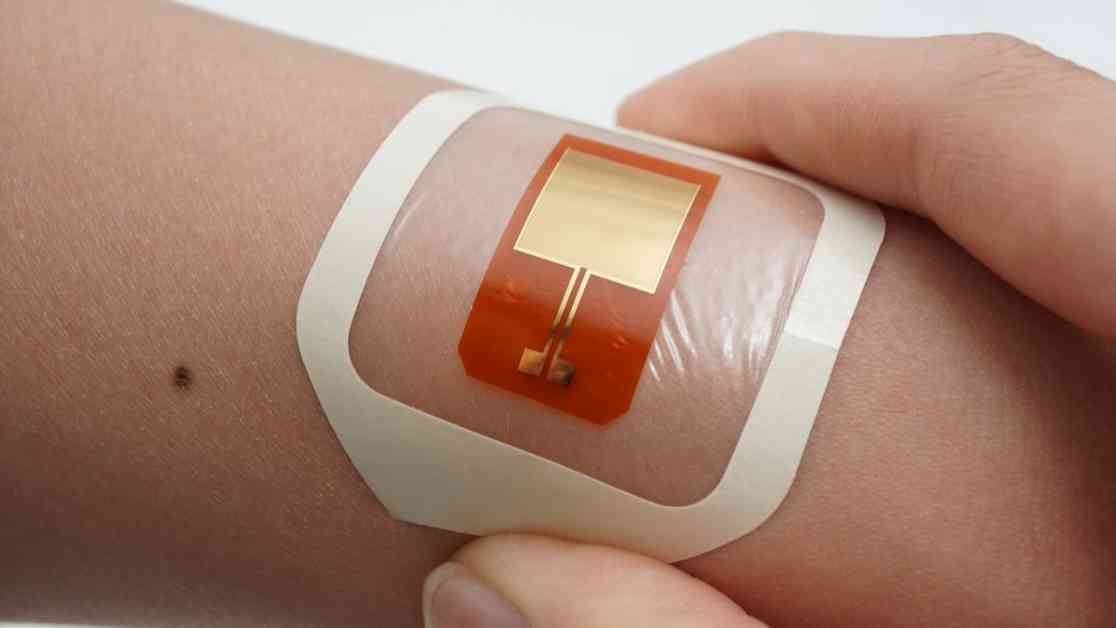Scientists have created a new device called Bioelectronic Localized Antimicrobial Stimulation Therapy (BLAST) that aims to prevent skin infections by using electricity to zap harmful bacteria. This device is a patch that is applied to the skin’s surface and delivers a weak electrical current through electrodes, which can stop disease-causing bacteria in their tracks.
In a recent study, researchers tested BLAST on pig skin, which is often used as a model for human skin in preclinical experiments. They introduced Staphylococcus epidermidis bacteria, which are typically found on healthy human skin but can cause infections if they enter the body through medical devices like catheters or IVs.
The study found that S. epidermidis bacteria have a unique response to electricity, which the researchers called “selective excitability.” When exposed to electricity, the bacteria reduce the activity of genes that allow them to form biofilms, which are slimy layers that help bacteria stick to surfaces. By targeting these biofilms, BLAST was able to significantly reduce the amount of bacteria on the skin and prevent them from forming communities that can cause infections.
The researchers also discovered that the surrounding environment of the bacteria influences their response to electricity. Healthy skin is mildly acidic, while chronic wounds tend to be alkaline. To ensure that BLAST is effective, the researchers added a special hydrogel to the patch to make the skin below it acidic.
In addition to reducing bacteria on the skin, BLAST also had a similar antimicrobial effect on catheters, suggesting that it could be used as a sterilization measure before medical devices are used. These promising results have been published in a journal called Device, and the researchers are now planning to test BLAST on living animals and eventually in human clinical trials.
If successful, BLAST could help prevent bacterial infections without the need for preemptive antibiotic prescriptions, which could reduce the risk of bacteria developing resistance to these drugs. The researchers hope that BLAST could be available on the market within the next five years if further studies prove its safety and effectiveness.
In the future, the team plans to investigate whether other species of bacteria respond to electrical stimulation in the same way as S. epidermidis. This could expand the potential uses of devices like BLAST in medical settings. However, it is essential to consider how the device will interact with the diverse array of bacteria that live on human skin when conducting future experiments.
Overall, BLAST shows promise as a novel approach to preventing skin infections and reducing the reliance on antibiotics in medical settings. With further research and testing, this innovative device could have a significant impact on public health by combating antibiotic resistance and improving infection control practices.










